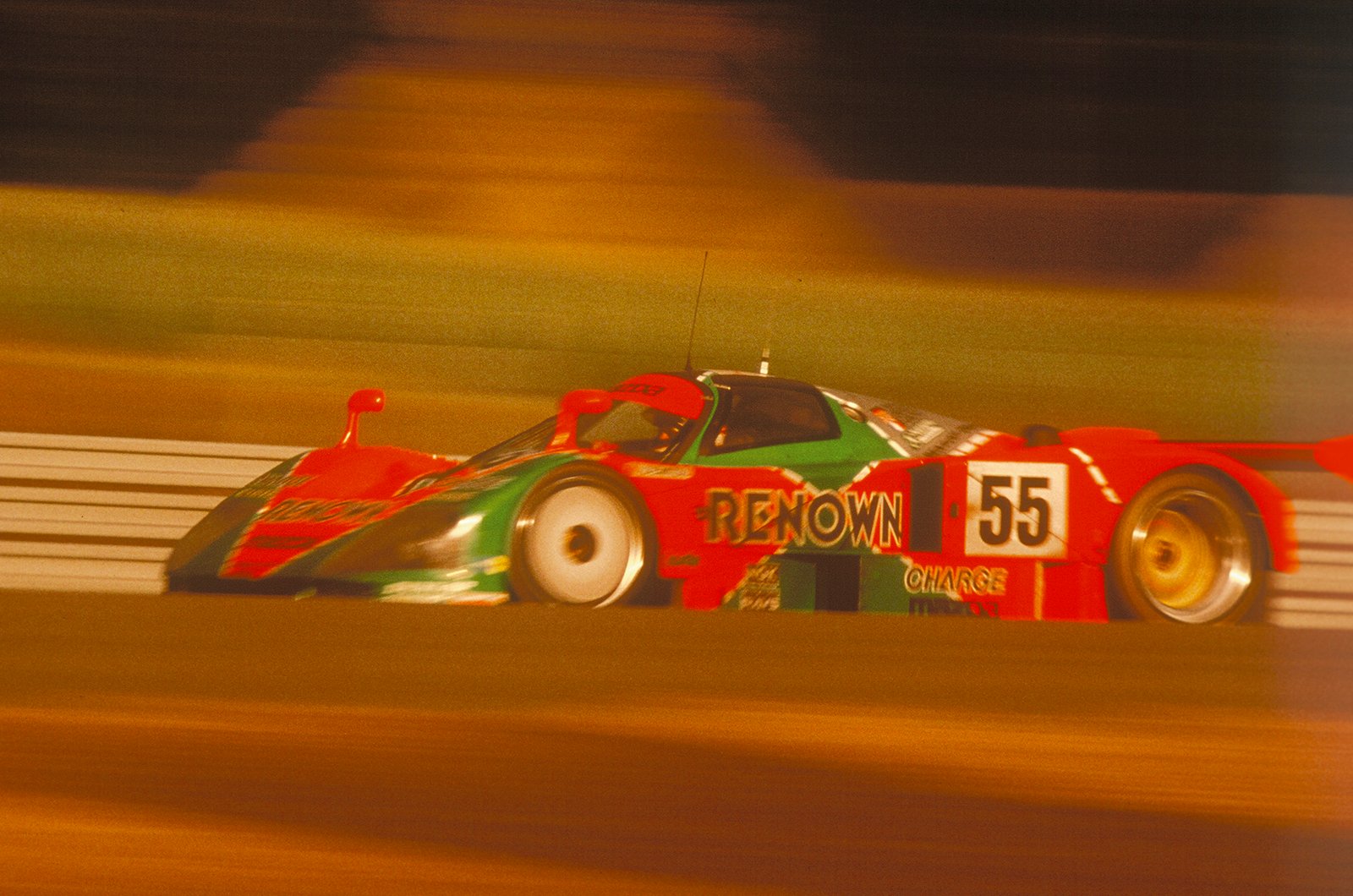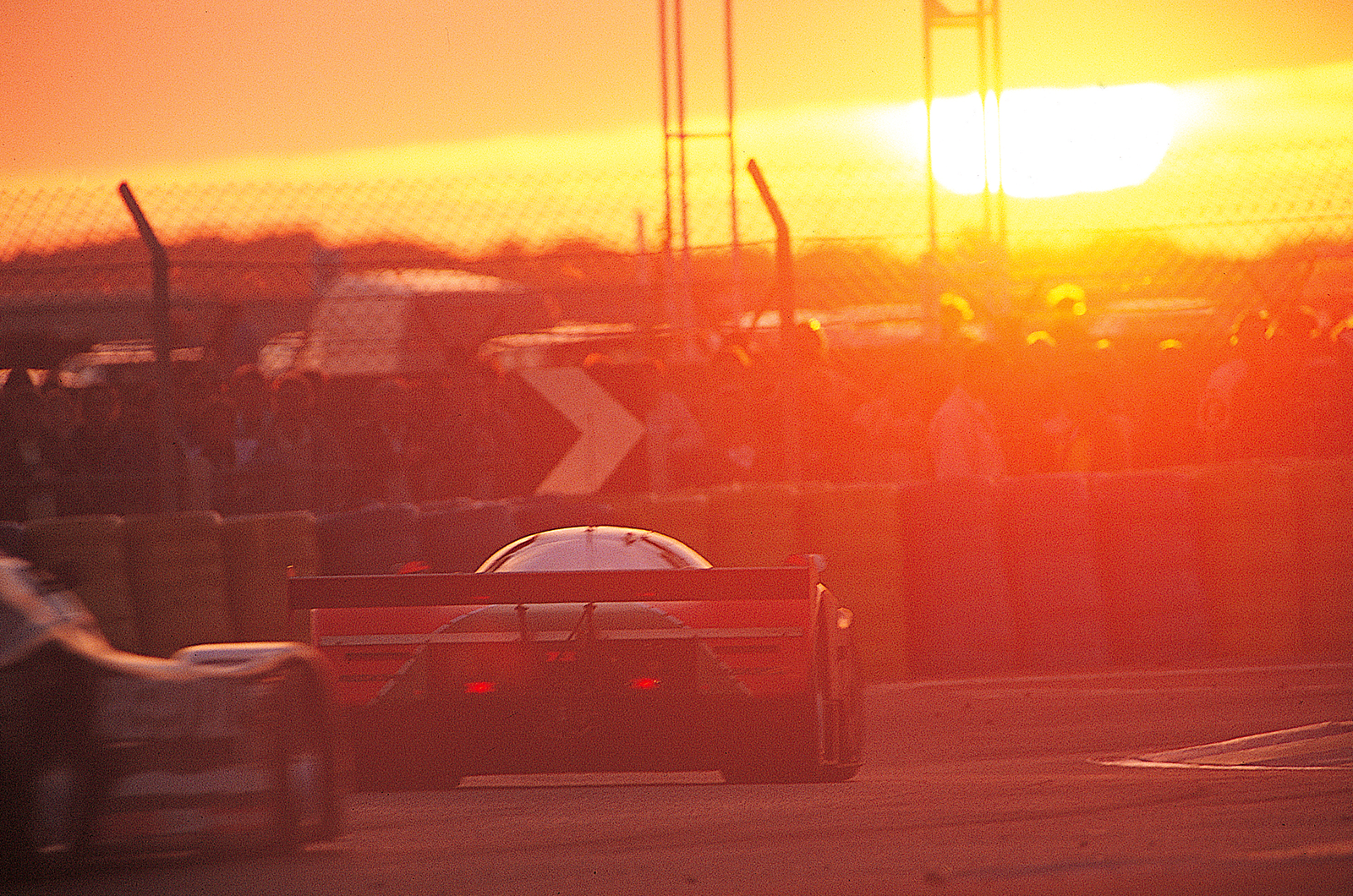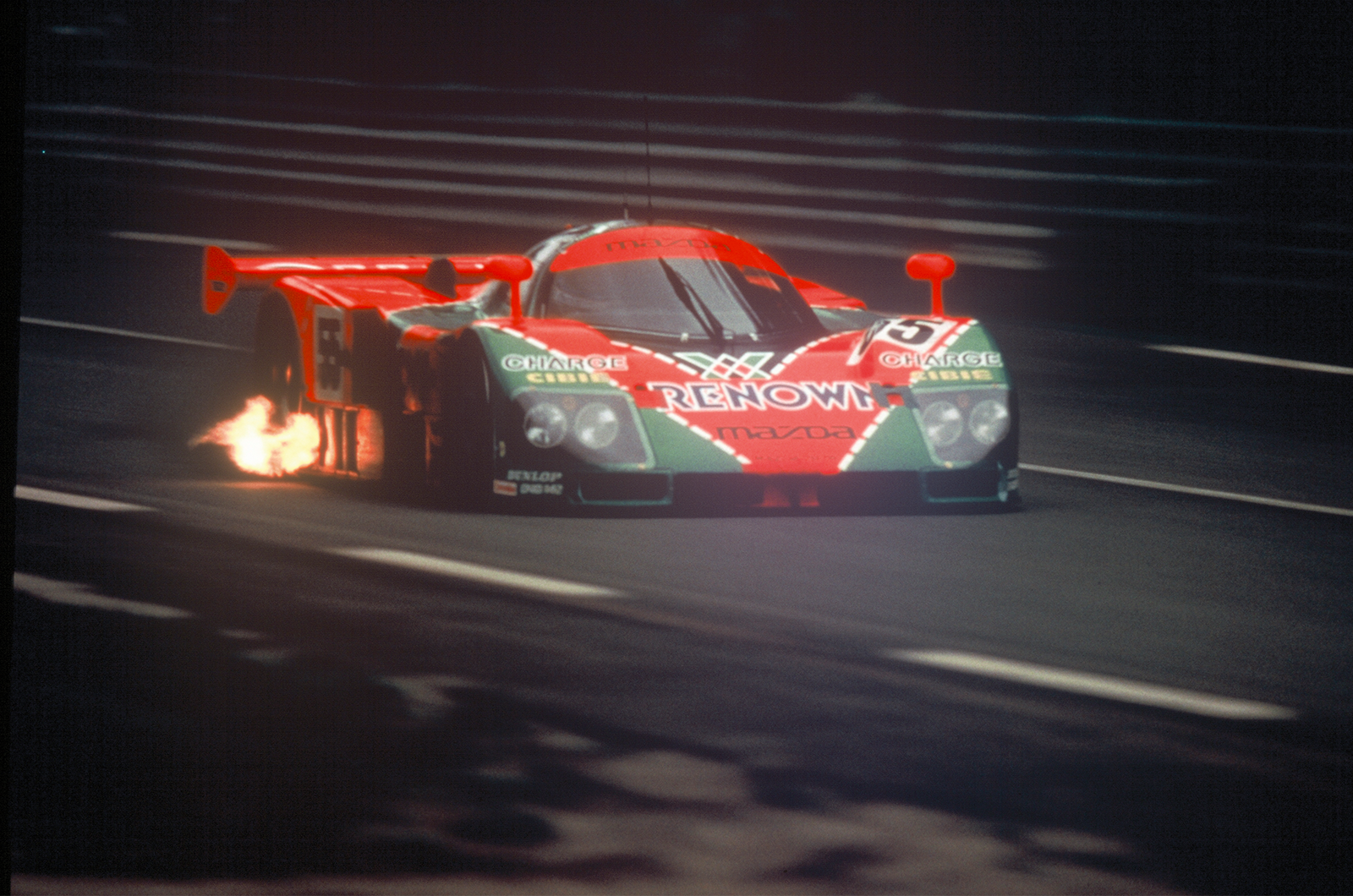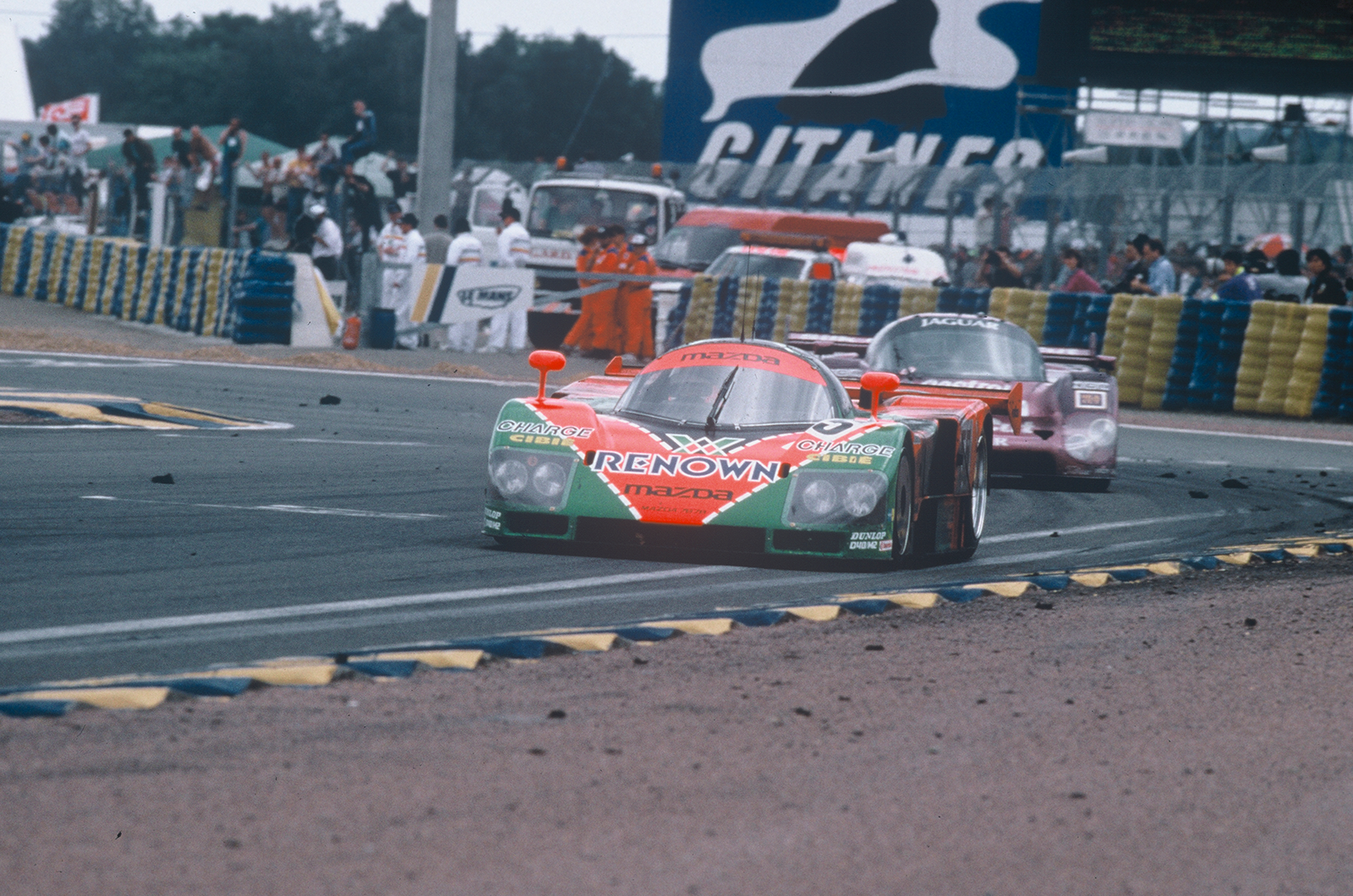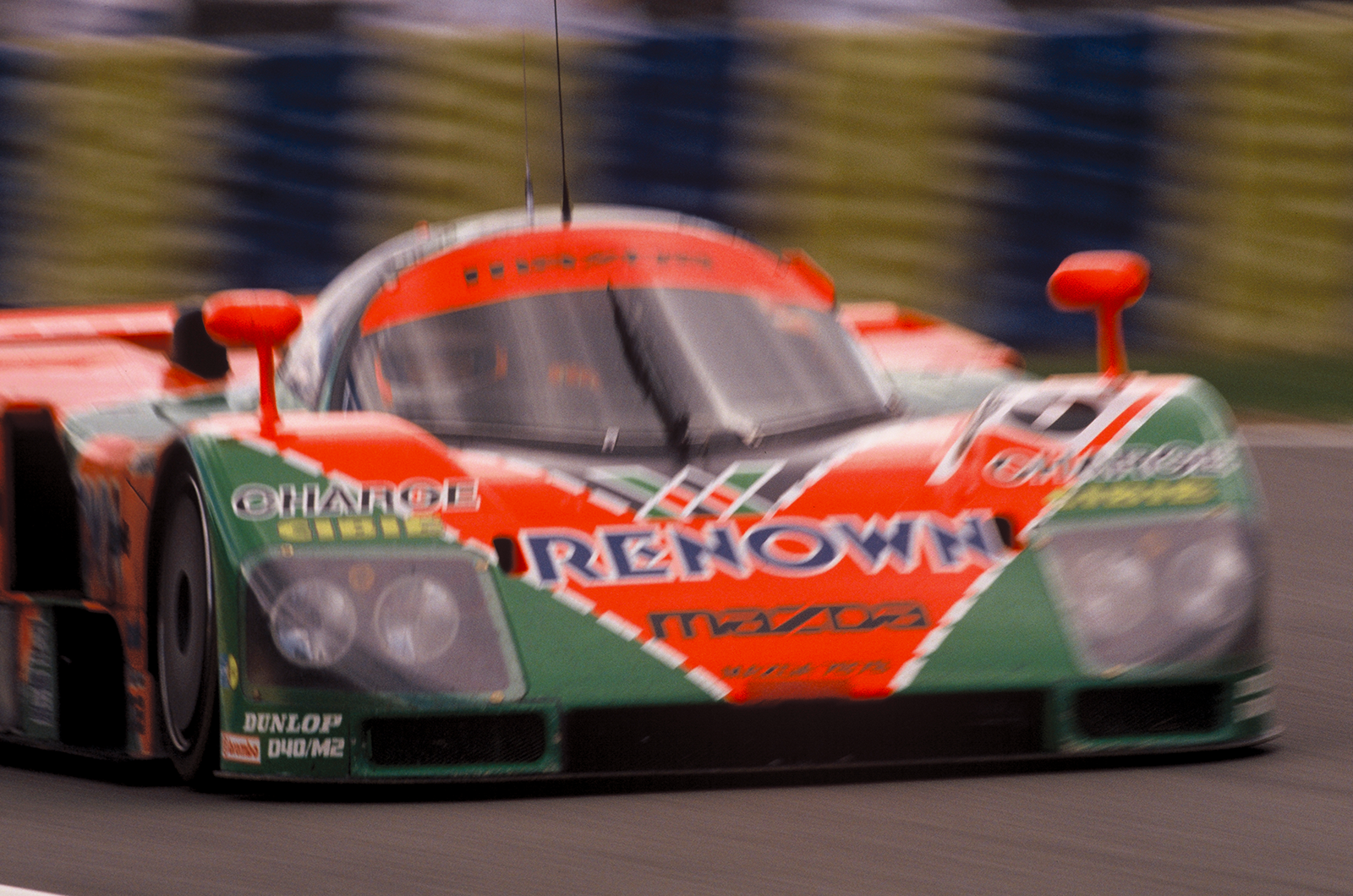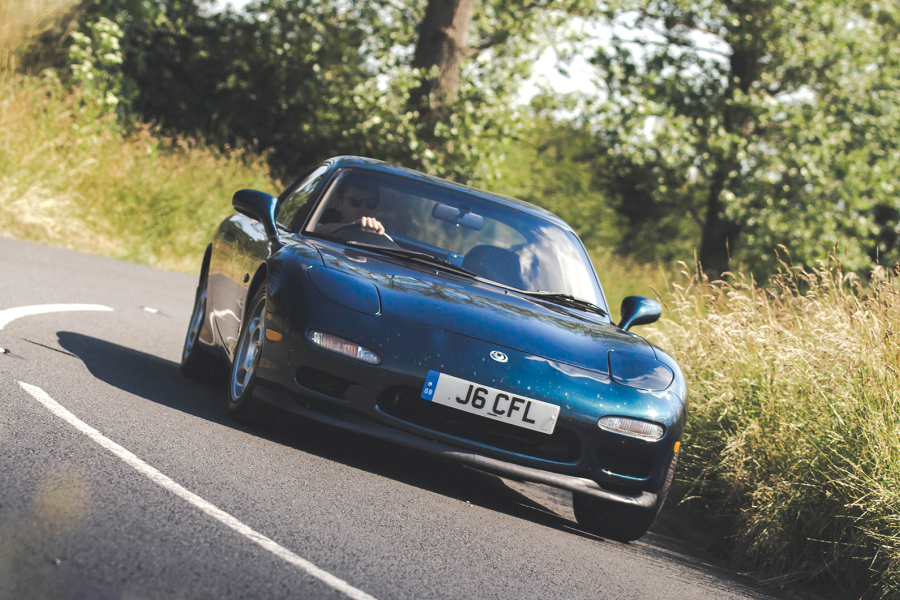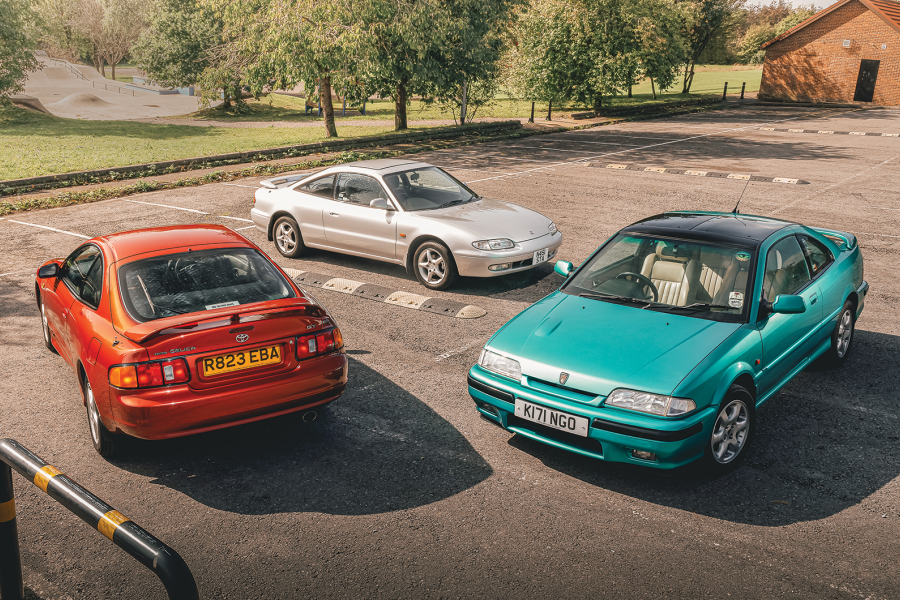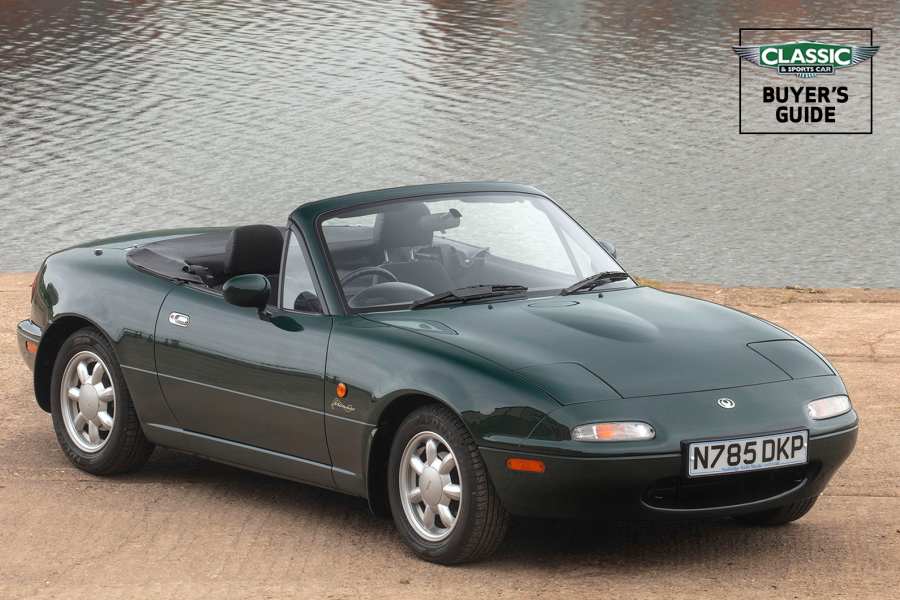
Its howl had pierced the night’s sky every midsummer for a dozen years or more. Some thrilled to it, others shrank from it. This year, however, was to be the last spin for Mazda’s rotary at Le Mans: three young men, five starts between them, charged with a Hail Mary. Used to rubbing wheels in junior single-seaters in Europe and Japan, now they were to share a seat and fight all-for-one; Formula One dreams forgotten for 24 hours.
And it all happened exactly 30 years ago, on 22-23 June 1991.
Luxembourg-born Frenchman Bertrand Gachot arrived at La Sarthe in 1991 having recently banked his first F1 points – courtesy of a fifth for Jordan at the Canadian GP – and thus was buoyed despite a pending British court case: “My lawyer had told me not to worry.”
Brentwood’s Johnny Herbert, who had beaten Gachot to the 1987 British F3 title – but had DNQ-ed in Canada upon a second partial F1 return with Lotus – arrived determined to prove his recovery from career-threatening injuries: “That was my main reason for doing Le Mans.”
The third man was Heidelberg’s Volker Weidler, the eldest at 29 and a member of Mazda’s squad since 1989. “He gets overlooked,” says Herbert of the 1985 German F3 champion. “He’d never felt comfortable in F1; never got in a good car. But he had the most long-distance experience and was the quickest. He qualified.”
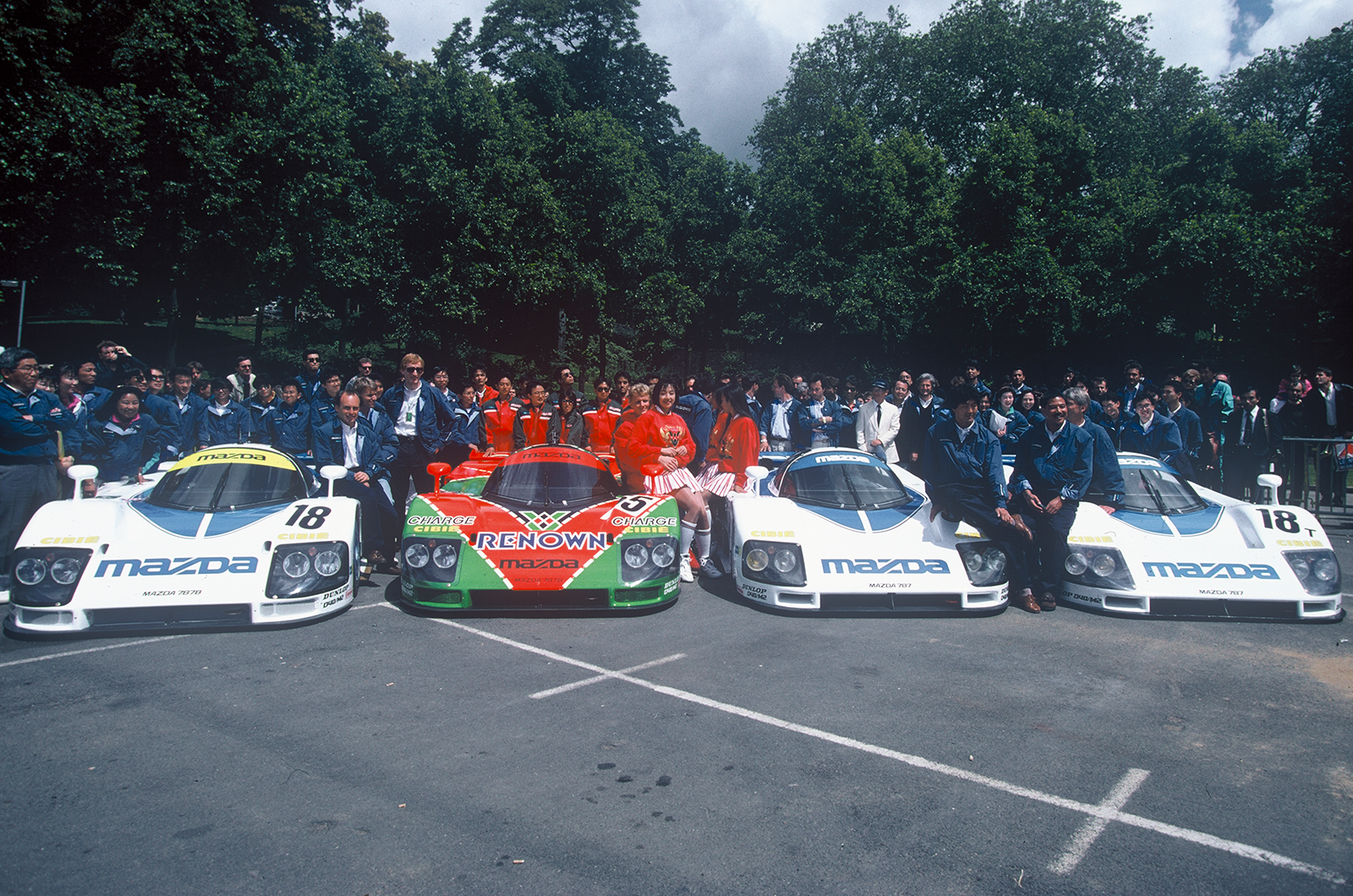
The four-car Mazda team at Le Mans before history was made, 30 years ago

